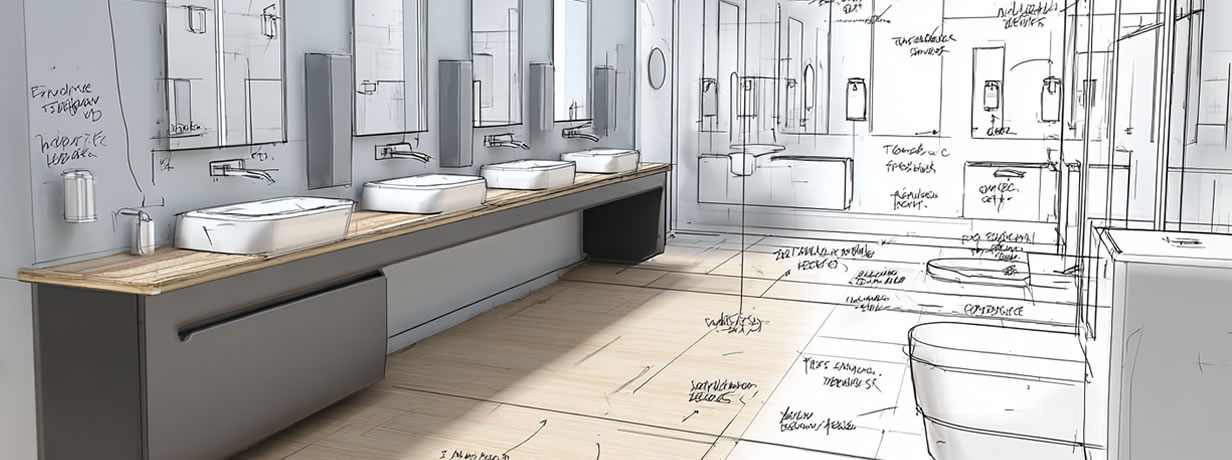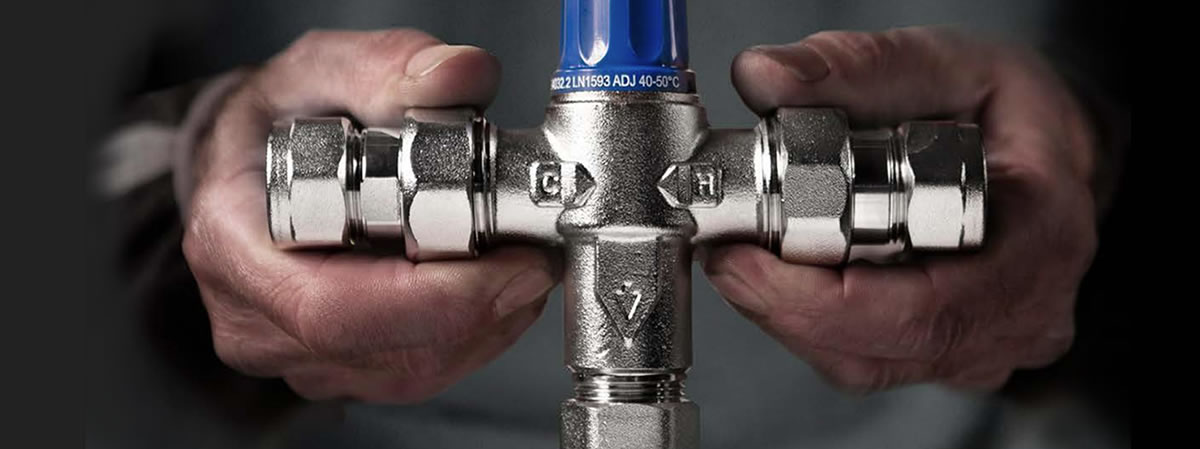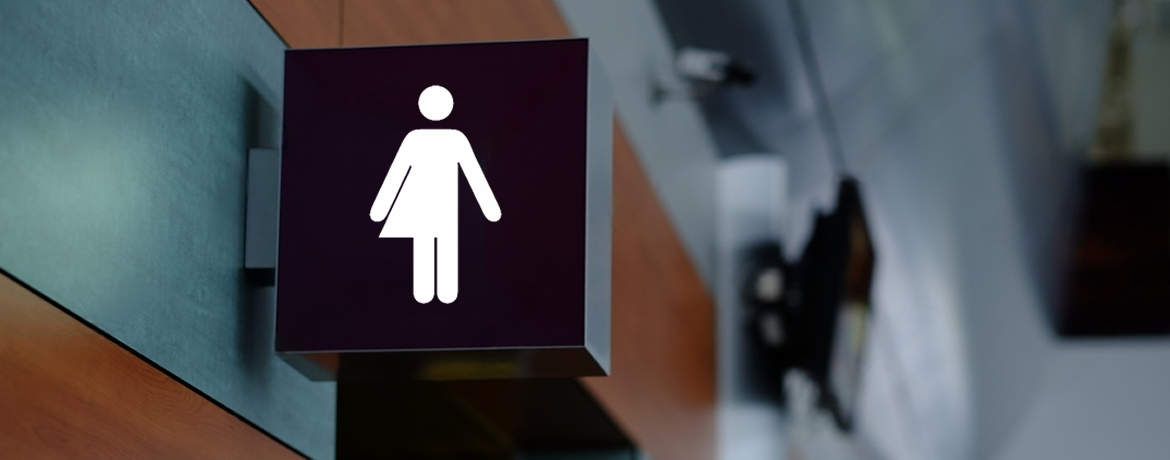Washroom Design For High Traffic Environments
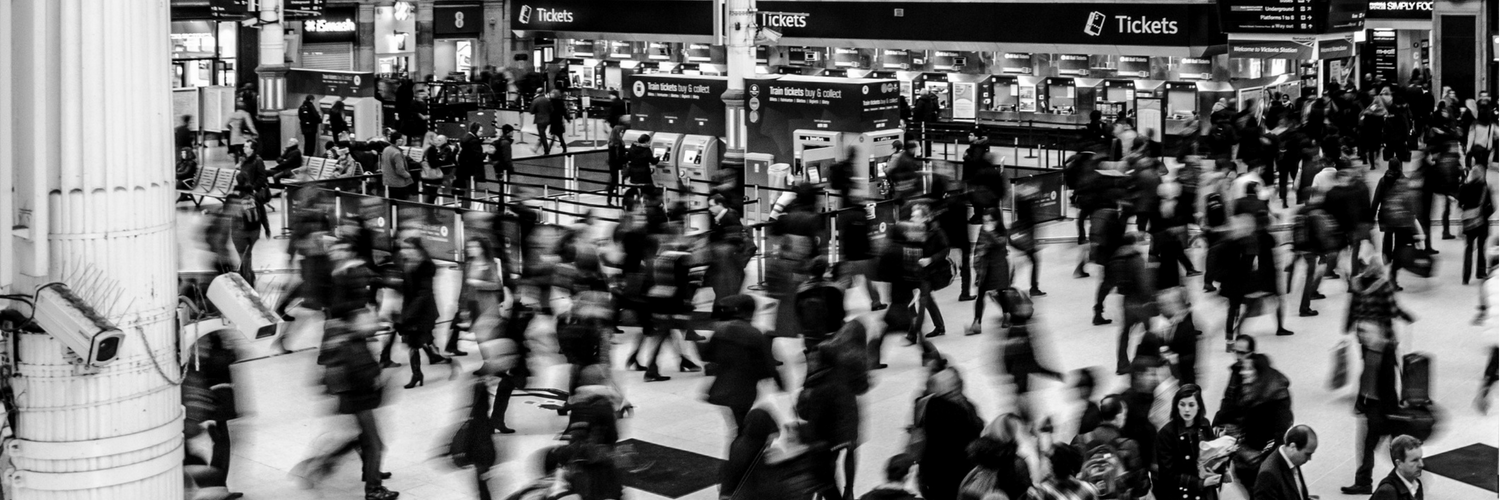
When planning and developing washrooms in busy commercial spaces such as shopping malls, motorway service stations, train stations and airports, there are certain key elements and features worth bearing in mind. In many of these areas, user footfall can top thousands per hour and as such, require an increased level of durability.
Add to that the number of users who could be flushing toilets and washing hands at the same time, and you’ll notice your water pressure and sewage capacity will need to be up to the job as well.
Washrooms of this scale often require the appointment of specialist contractors that have experience in the approach, design, and installation of such facilities. Our Refurbishment Project Management teams have a wealth of knowledge in this field and can smooth the way, ensuring every last feature is handled in the right order and hitting your deadline on time and on budget. At this level of commercial washroom refurbishment, attention to detail counts for an awful lot. What follows are some of the most important aspects when planning a commercial washroom in high traffic environments.
Make the space flow in a linear fashion
User flow should always be front and centre when it comes to a busy washroom. Multiple users can clog up your washroom and seriously slow up the pace. You need to think about your washroom as a journey and ask yourself the following questions:
- Where will people enter and stand while waiting for toilets or urinals?
- Will some users be entering these facilities solely to wash their hands? If so, perhaps wash basins need to be readily accessible without queuing up.
- Are hand dryer users blocking the exit/entrance?
- Is there enough free space to manoeuvre?
- Where is waste disposal going to be best sited?
- Is there ample room for a caretaker to operate while the washroom’s in use?
Answering these questions will help you to determine the location of various services in your washroom and understand the usability of your washroom much better. In some cases, washrooms can even have a separate entrance and exit, creating a completely uninterrupted flow of users.
Choose highly durable materials
It goes without saying in any washroom specification that durability is high on the agenda. In all commercial environments, responsible site managers and business owners want their facilities to last and endure consistent use from customers, guest and staff. But gone are the days that highly durable means ugly and dull. Today there are many options available that feature highly modern designs while still retaining rugged build quality and enhanced resistance to vandalism and accidental damage.
The installation of a vanity unit can work incredibly well when it comes to durable washroom features. Not only do they provide a firm foundation for your washbasins, but they also provide voids that can be used to conceal pipework, waste disposal and storage.
Solid surface wash troughs are another highly popular fixture in high traffic environments and can accommodate a large number of users in one go. Scratches in the material can also be buffed out very easily.
As far as cubicles and wall coverings go. Solid Grade Laminate (SGL) is an incredibly sensible way to go. This material is completely impervious to water and so you eradicate the risk of water ingress and swelling in the panels. Available in a huge range of colours, SGL is fully customisable and can be fitted to any obscure dimensions.
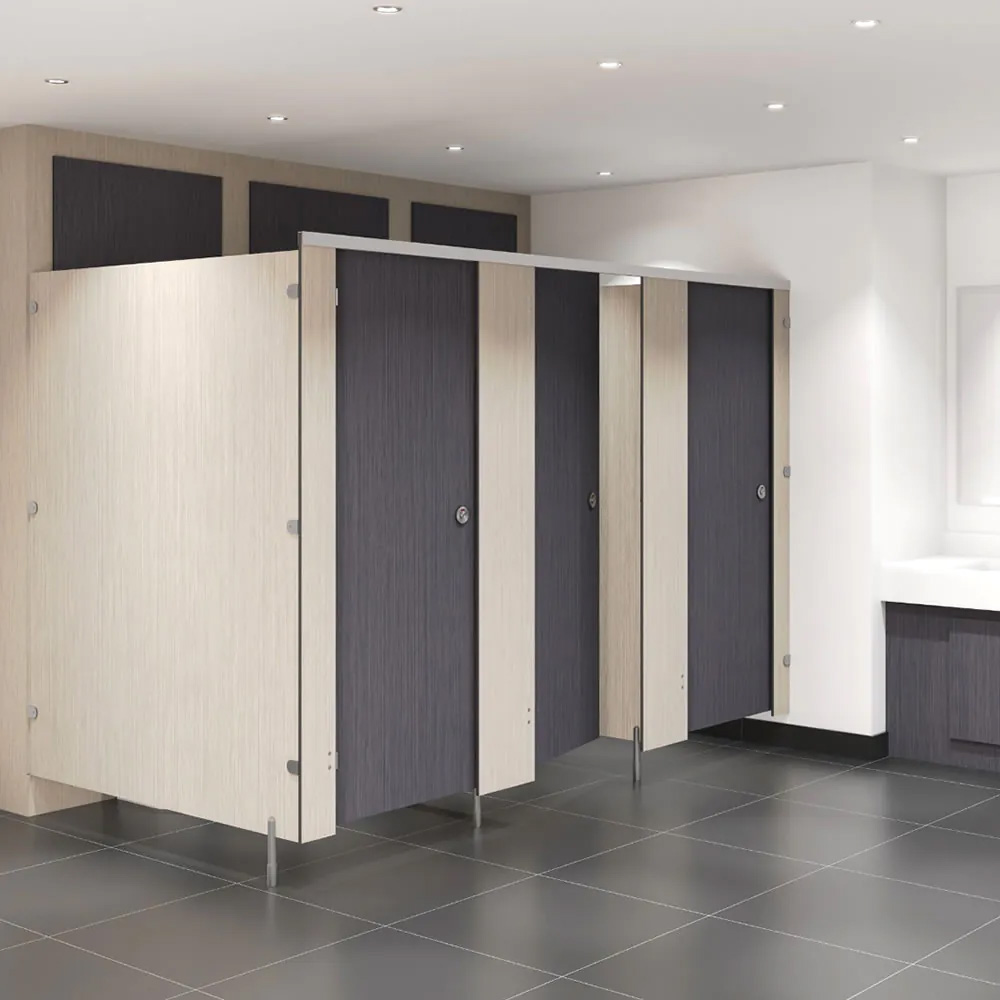

SGL is often used as part of duct panel sets that conceal all services behind a false wall that runs behind toilet cubicles. This means only the toilet pan itself is left exposed, making the cubicle and washroom easier to clean, whilst also protecting the pipework from damage.
Go easy-clean wherever possible
Tying into the toilet cubicles, you might also consider the installation of wall-hung toilets. This means the floor is left clear beneath the pan and makes the room look and feel larger, but also makes it easier to clean as there are no awkward shapes, grooves or crevices for bacteria and grime to harbour.
Sensor activation is most certainly the site managers friend in high traffic washroom environments. Any area where sensors are used, means users don't need to physically touch an item or surface. This not only means less dirt around taps, light switches and flushers but significantly improves the hygiene in your washroom as a whole.
When you fit wall-mounted sensor taps above a wash trough, you will be keeping the lines and surfaces of your washroom sharp and clean. It's much easier to sanitise smooth, flat surfaces, as opposed to scrubbing cracks and crevices.
Get the most durable floor covering available
This is arguably one of the most important items in your washroom. Large numbers of people, wearing all manner of shoes from rugged rigger boots through to pointed stiletto high heels can inflict some significant wear and tear on your floor. Super durable, anti-slip floor coverings come in a variety of different materials. While tiles can be a good option, they also carry grout lines that can pool water and also be difficult to keep clean and sanitised. Smooth, lino-like materials can be installed that have anti-slip properties for both bare-feet and shoes in the wet. The material rises up the wall for a few inches creating a kind of watertight skirting board and makes deep cleans much easier. Often, this kind of floor covering is also partnered with floor drains so that the floor can be easily hosed down.
If you’d like further advice relating to your high traffic washroom project, or if you’re interested in our design, installation or project management services, please get in touch today on 01202 650900.
Got a question? Get in touch
MORE TO EXPLORE IN Related Posts

KWC DVS Stainless Steel Touch Free Warm Air Hand Dryer
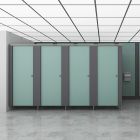
Ultra Plus SGL Toilet Cubicles With Stainless Steel Hardware (High Abuse Range)

KWC DVS Centinel Wall Hung Stainless Steel Urinal Trough (Exposed Cistern)

